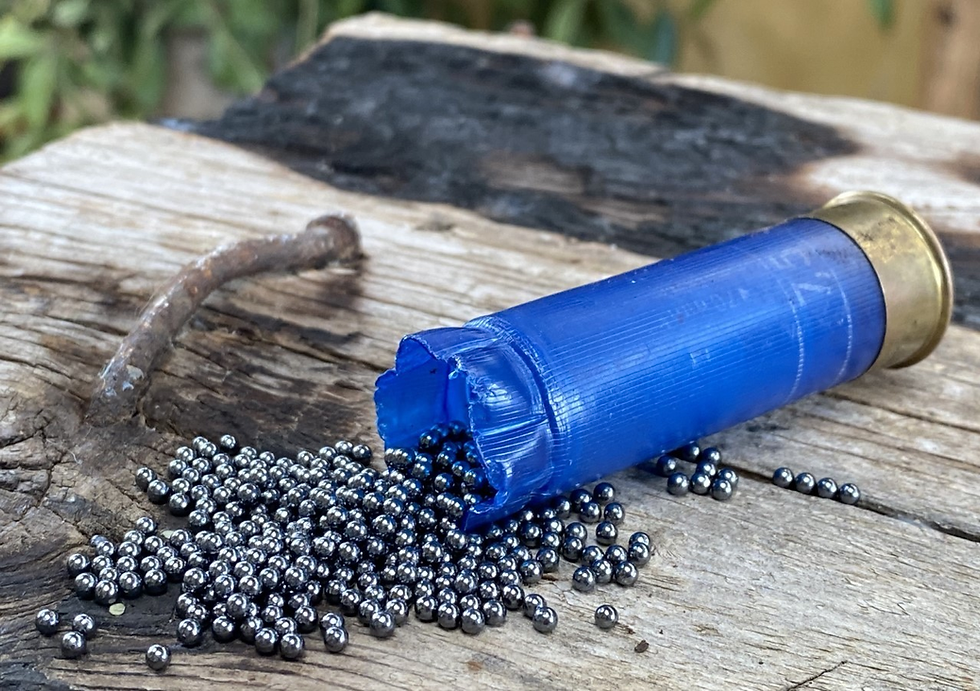Minnesota's Proposed Lead Ammo Ban for Youth Clay Target Shooting Stirs Controversy:
The sharp report of a shotgun shattering a clay pigeon echoes across a sun-drenched field. It's a scene familiar to many across Minnesota, a state with a rich tradition of clay target shooting. However, this traditional pastime now finds itself at the center of a heated debate surrounding a recently proposed bill that could potentially ban the use of lead ammunition in youth clay target shooting competitions.
The proposed legislation, championed by proponents focused on environmental and health concerns, seeks to eliminate lead exposure risks for young participants. Lead, a heavy metal, has been linked to a range of health problems, with developing children particularly vulnerable to its detrimental effects on the nervous system and cognitive function. Proponents argue that a lead ban would safeguard the health of young shooters, creating a safer environment for them to participate in this competitive activity.
However, opponents of the bill, primarily clay target shooting enthusiasts and businesses, raise significant concerns about the potential ramifications. Their primary argument centers around affordability. Lead ammunition has traditionally been the most cost-effective option for clay target shooting. A switch to non-toxic alternatives, often made from steel, tungsten, or bismuth, could significantly increase the financial burden on young shooters and their families. This could create a barrier to entry, potentially excluding lower-income families from participating and jeopardizing the inclusivity of the sport.
The economic impact of the proposed legislation extends beyond individual shooters. Businesses that cater to the clay target shooting community, including shooting ranges, ammunition retailers, and youth shooting programs, also stand to lose. Sponsorships from ammunition manufacturers are a critical source of revenue for these entities. A lead ban could disrupt these sponsorships, leading to financial hardship for businesses and potentially hindering their ability to support youth shooting programs.
The debate surrounding the proposed lead ban is further complicated by the lack of definitive data on the extent of lead exposure risks in clay target shooting competitions. While the potential dangers of lead are undeniable, some argue that the controlled environment of shooting ranges, coupled with proper safety protocols like wearing eye and ear protection, minimizes the risk of lead exposure for participants.
Furthermore, some opponents suggest alternative solutions that prioritize safety while minimizing disruption. These solutions include:
Increased education and awareness: Implementing mandatory educational programs for coaches, parents, and young shooters on lead safety protocols and proper handling procedures.
Lead-free shooting ranges: Encouraging the development and utilization of designated lead-free shooting ranges specifically designed for youth competitions. These ranges could utilize specialized trap systems that can handle non-toxic shot effectively.
Financial assistance programs: Developing financial assistance programs to help offset the potentially increased costs associated with non-toxic ammunition for low-income families.
Finding common ground between these opposing viewpoints will be crucial in determining the future of clay target shooting for young people in Minnesota. Striking a balance between prioritizing the health and safety of participants while ensuring the accessibility and affordability of the sport requires a nuanced approach. Open communication and collaboration between legislators, health officials, shooting sports organizations, and the clay target shooting community will be essential in crafting a solution that safeguards the well-being of young participants while preserving the tradition of this competitive activity for future generations.
The proposed lead ban in Minnesota serves as a microcosm of a larger national conversation regarding lead use in shooting sports. As awareness of the health risks associated with lead exposure grows, the debate over its continued use in various shooting disciplines is certain to continue. Minnesota's decision will be closely watched by other states grappling with similar questions, potentially setting a precedent for the future of clay target shooting and other lead-based shooting activities across the country.

Comentarios